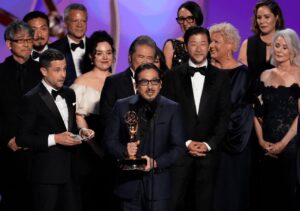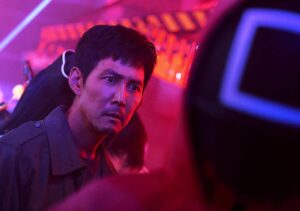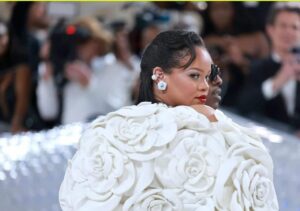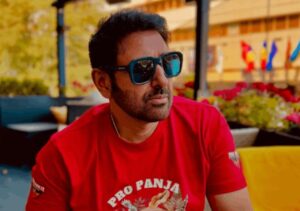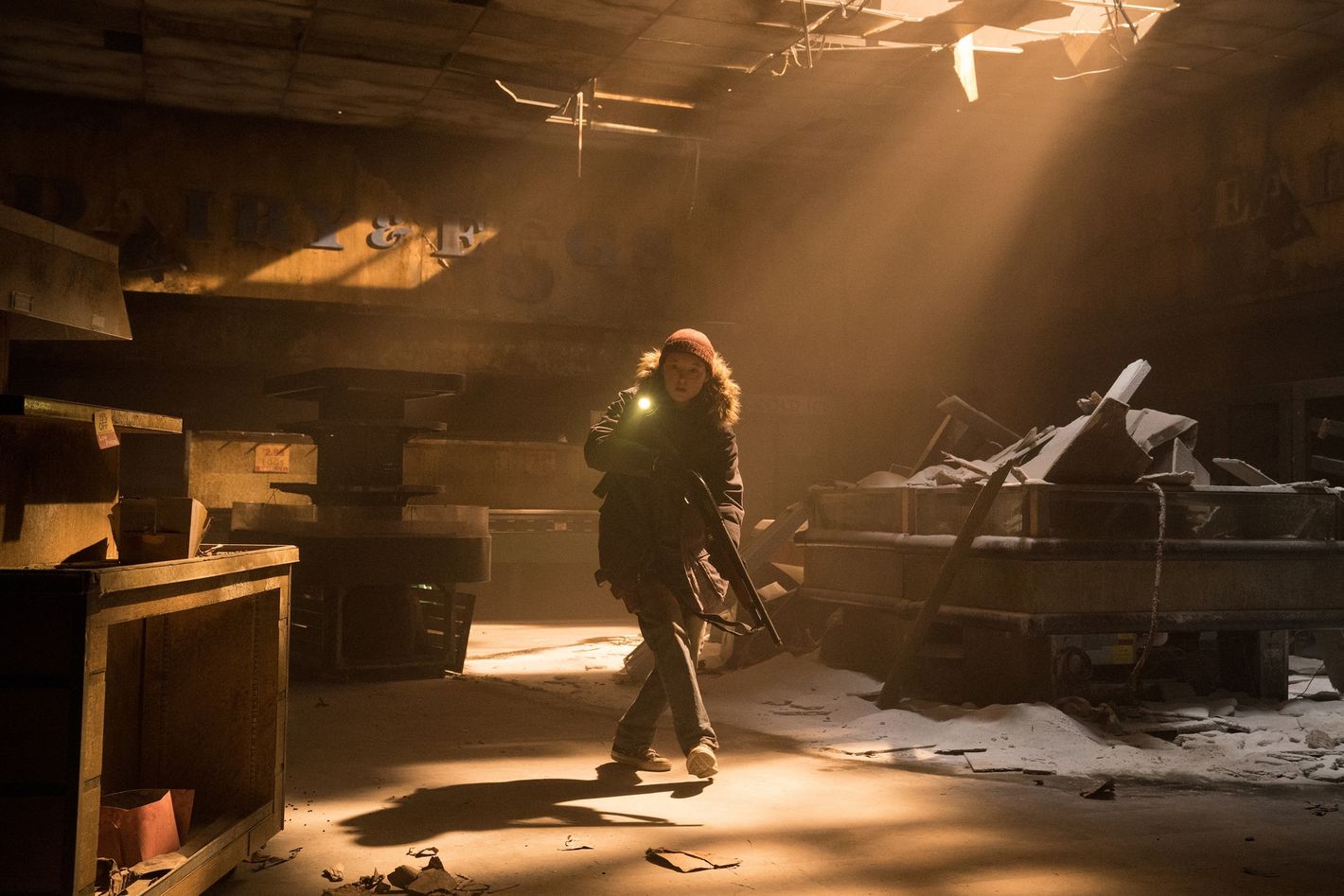
Zombies are never just zombies. They’re metaphors for disease, as in World War Z, or for infectious emotional states like panic and fear, as in The Walking Dead. They can be exaggerated expressions of becoming a brainless follower zapped by digital life. Sometimes they’re classic “every human has a monster inside them” monsters. (See also: werewolves.) This is roughly where The Last of Us season one landed: Its creepy-as-hell fungal “infected” premise, adapted closely from the original video games, maps easily onto contagious disease, but the HBO adaptation was most interested in how quickly humans start to resemble their mushroomy counterparts. They turn on one another without compunction. They pick violence over mercy. Joel (Pedro Pascal) and Ellie (Bella Ramsey) illustrate how hard it is to choose loyalty and compassion over defensive cruelty.
In season two, The Last of Us is still about how scarcity hardens people, pushing them to become something they might not once have recognized. But season two expands its storytelling horizons while narrowing its thematic interests to a fine point. Over and over, the series depicts the exact moment a character must decide where the line is. When does a choice turn someone down a path they can’t retrace? How does that choice set off a chain of retributive violence, and is it possible to escape that cycle? Yes, there are still infected. There will always be infected. But especially as it moves later into the season, The Last of Us is less focused on the mechanics of a world-consuming fungal infection and more attentive to how catastrophe forces people to make unwinnable choices.
Like The Last of Us Part II, the video game it’s adapted from, season two begins with a time jump of several years, flashing ahead to Joel and Ellie integrated into a well-defended, happily run community in Jackson, Colorado. They’ve got food, they’ve got shelter, they’ve got community, and they — especially Joel — are miserable. Something has shifted inside their previously close relationship, so much that Joel is talking to a therapist about how sad he’s become. (This is the best indication of just how little time it takes for people to readjust to safety; now there’s room for regular therapy sessions with the local shrink, played by Catherine O’Hara.) The Jackson community builds out the show’s central characters more than the previous season, which relied on guest roles coming into and then fading out of Joel and Ellie’s life. They’ve had time to develop closer relationships, especially with Joel’s brother Tommy (Diego Luna), Ellie’s friend Dina (Isabela Merced) and one of the young town leaders, Jesse (Young Mazino). The other major addition to season two, Abby (Kaitlyn Dever), is on a revenge mission, determined to wipe out the man responsible for killing her father in season one. (Inevitably, that’s Joel.)
There are plenty of big scary setpieces that echo the battle sequences season one did so well, with lots of video game–y devices like evolved enemies, new weapons, chest-high walls to crouch behind, and the necessity of relying on stealth combat over short-range carnage. But the infected are now part of the background circumstances, not the thing everyone wakes up caring about most each morning. The central characters are no longer operating in a world where their conflicts are about surviving the apocalypse; now their conflicts are the horrible knowledge that your closest relationship has betrayed your trust, or the unshakeable urge to inflict eye-for-an-eye punishment, or the choice of communal good over individual satisfaction. Abby, Dina, and Jesse, all new additions this season, can be more fully formed than the secondary characters of season one, while Ellie in particular becomes the locus for the show’s biggest moral questions. This puts even more pressure on Ramsey as a performer, but they continue to be a remarkably agile, magnetic presence at the center of it all.
The show is generally quite good at interpreting and reorienting itself around the original game series, but The Last of Us Part II had a number of complicated time jumps, alternating points of view, flashbacks, and simultaneous storylines, and the TV series has to make choices about how to tackle those challenges. Sometimes it goes quite well, particularly in terms of casting, the fight sequences, and in the way the show emphasizes how difficult it is for Ellie to shoulder through impossible choices. Because of how season two divides up the game’s shifting character perspectives, though, some parts of the larger world feel unnecessary and annoyingly under-explored. As the action shifts away from Jackson and toward Seattle, Ellie and Dina encounter a cult of religious zealots called the Seraphites, and although they keep popping up throughout the show, season two has no time to get into who they are or what they’re trying to accomplish. There’s also a militaristic Seattle organization called the WLF that’s similarly underexplained, yet the story keeps veering past bits and pieces of its lore like teasers that never reveal what they’re teasing. Game players will recognize all of it; anyone who engages with the TV show on its own terms may be painfully tempted to fall down a Wikipedia hole.
Despite that, and despite a few potentially eyebrow-raising shifts in how the game’s timeline gets reshuffled for TV, season two of The Last of Us has much to recommend it. There are issues around the margins: texture about the surrounding world that doesn’t get enough detail, for instance, and the introduction of Abby, who does not yet have time to become as rounded and complex as Ellie or Joel. This leads to questions about how this season sets up what’s likely to come in the future, when presumably Abby and the Seraphites and the world beyond Ellie’s individual decisions become more critical. But at its core, the show is full of the magic and horror of parenthood and how hard it is to let your children become their own people. That’s most visible in the season’s standout (not a bottle) episode, which comes near the end of the season, when Joel and Ellie have some time away from the apocalypse to simply be together. A zombie story is always going to involve characters running and screaming for their lives — it should. But in season two, The Last of Us is proof that a zombie story can be even better and more devastating, more nuanced about its moral conundrums and more thoughtful about the aftermath, when no one’s firing up a flamethrower.
More ‘The Last of Us’
There will always be infected, but this series excels when its characters consider how to be human.



